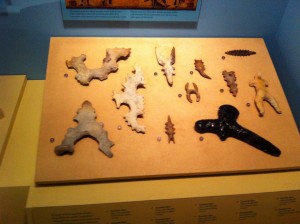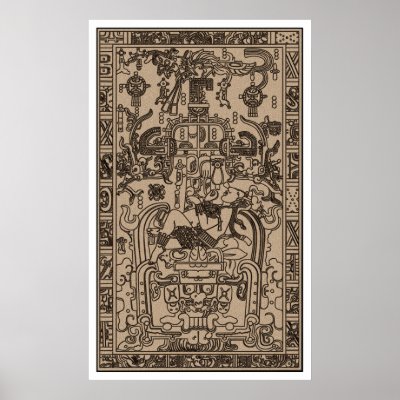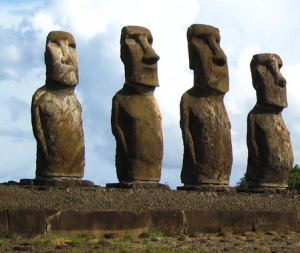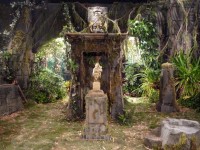Erich von Däniken is famous for his book Chariots of the Gods? which became an immediate bestseller in America, India, and Europe and was adapted into a film. In this work Däniken takes material from ancient texts, and puts an extraterrestrial spin on it. In particular, Däniken spoke of the bible story of the ancient disaster of Sodom and Gomorrah, and spun a tale about the similarities between this disaster and the effects of an atomic bomb. Däniken carefully chose his words to make the bible story about gods and angels sound like hocus-pocus fantasy, while making his own theories derived from ‘clues’ sound scientific and informed. But are his theories real science, or just more fantasy couched in scientific language?
Däniken is not the only person interested in finding modern explanations for biblical stories. I recently came across a Cracked.com article titled The 5 Most Extravagant Ways Cities Have Been Wiped Out, which gave another theory for what happened to Sodom and Gomorrah. Although this article attempted to strip scientific language from their article to make the story more accesible to the average layman, this does not necessarily mean that their explanation is any less scientific. It is not language that makes a theory scientific or not, but rather the process of arriving at and testing and verifying a theory makes makes it so.
Looking again at Däniken’s theories, and taking what we learned about the scientific method in class, the science of his theories about alien astronauts seem suspect. For one, his theory is hard to test. Science has not yet been able to provide any concrete sign of extraterrestrial activity, but nor have they been able to prove that aliens haven’t visited the Earth. His theory that an advanced atomic bomb could have leveled Sodom and Gomorrah can be tested by looking for signs of radioactivity, but so far there is no supporting evidence.
The Cracked article on the other hand, provides a theory that can be potentially tested for. The Cracked article relayed a theory proposed by scientists, that a massive, 3-mile wide meteor landed in the Austrian alps, which caused a fire storm of superheated air to spread to the Middle East, causing all flammables (such as hair and clothing) to combust. This theory is more easily tested than alien participation, and Cracked quoted an article, which quoted another source, relaying evidence for just such a meteor impact. Whether the sources are accurate or not, this theory remains readily tested for future scientists.
Another problem with Däniken’s theories, is his lack of supporting evidence from reliable sources. Other than the bible and his own speculations, Däniken doesn’t mention any sources for his theories, nor any literature by other scientists to compare theories with regarding Sodom and Gomorrah. The Cracked article however, provides a wealth of links that readers can use to fact check. Looking solely at these two points, Cracked appears to be more scientifically engaged than does Erich von Däniken.



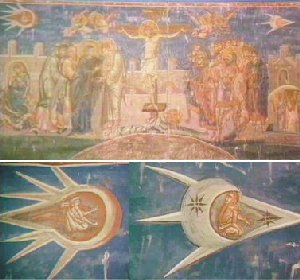 earth in space ships that look similar to modern day rockets and planes and therefore, old buildings that look like rockets are in fact evidence of alien visitors. Rendering past cultures as part of a pseudoarchaeological scheme of untested hypothetical past based on “seeing” alone is one the worst forms of scientific processes, and does not hold place in the scientific world. Eric Von Daniken is “seeing” only what he “wants to see.”
earth in space ships that look similar to modern day rockets and planes and therefore, old buildings that look like rockets are in fact evidence of alien visitors. Rendering past cultures as part of a pseudoarchaeological scheme of untested hypothetical past based on “seeing” alone is one the worst forms of scientific processes, and does not hold place in the scientific world. Eric Von Daniken is “seeing” only what he “wants to see.”
